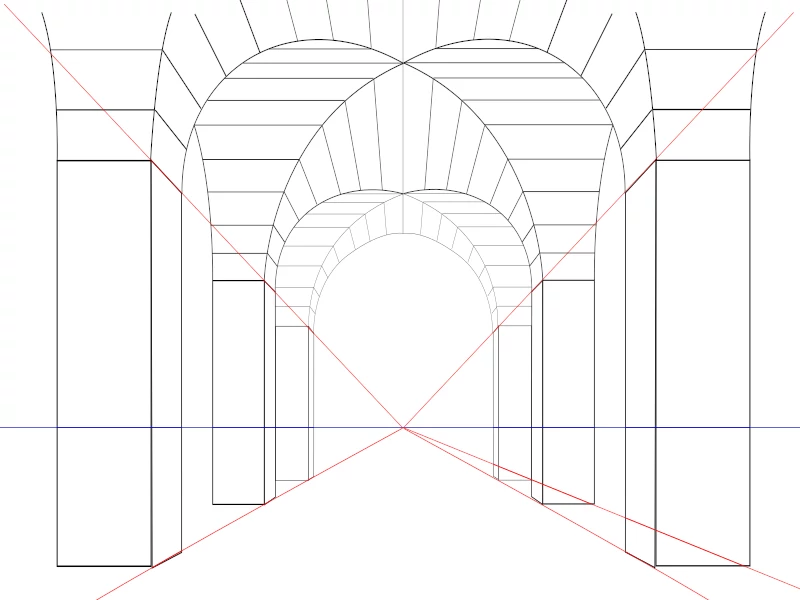
Robert Draws – The art of perspective is essential for creating realistic drawings. It allows artists to make scenes and objects appear three-dimensional on a flat surface. Whether you’re drawing landscapes, buildings, or even people, understanding perspective will elevate your work. In this article, we will explore the basics of perspective and how to apply them to your drawings.
Perspective refers to the way objects appear smaller as they move further away from the viewer. It creates the illusion of depth and space. There are three main types of perspective that artists use: linear perspective, atmospheric perspective, and color perspective.
“Read about: Drawing from Nature: How to Capture the Beauty of the Outdoors”
Linear perspective is the most common technique used in drawing. It involves using lines to create depth. The horizon line and vanishing points are key components of linear perspective. The horizon line represents the viewer’s eye level, while vanishing points are where parallel lines appear to converge in the distance. There are several types of linear perspective, including one-point, two-point, and three-point perspective.
In one-point perspective, all lines converge at a single vanishing point. This is commonly used for roads, railways, or hallways. Two-point perspective uses two vanishing points, often seen in buildings and boxes. Three-point perspective is used for more dramatic views, such as looking up at tall buildings.
Atmospheric perspective relies on the concept that distant objects appear lighter and less detailed due to the atmosphere between them and the viewer. As objects get farther away, their colors fade, and they become more muted. This technique helps give the illusion of depth, making far-off objects appear less clear and smaller.
Artists use this technique to create a sense of distance in their drawings. When drawing landscapes, for example, mountains in the background might be drawn in lighter shades of blue or gray. This suggests the air between the viewer and the distant objects.
Color perspective is another important tool for creating realistic drawings. The use of warm and cool colors can affect the perception of depth. Warm colors like red, yellow, and orange tend to appear closer to the viewer, while cool colors like blue and green seem farther away. By carefully selecting your colors, you can enhance the sense of space and depth in your artwork.
“Read more: Lady Gaga Mayhem Concert Schedule in Singapore May 2025”
Mastering perspective takes time and practice. Start with simple scenes and gradually increase the complexity of your drawings. The more you practice, the more natural it will become to see the world in terms of perspective. Over time, your ability to draw realistic scenes and objects will improve.